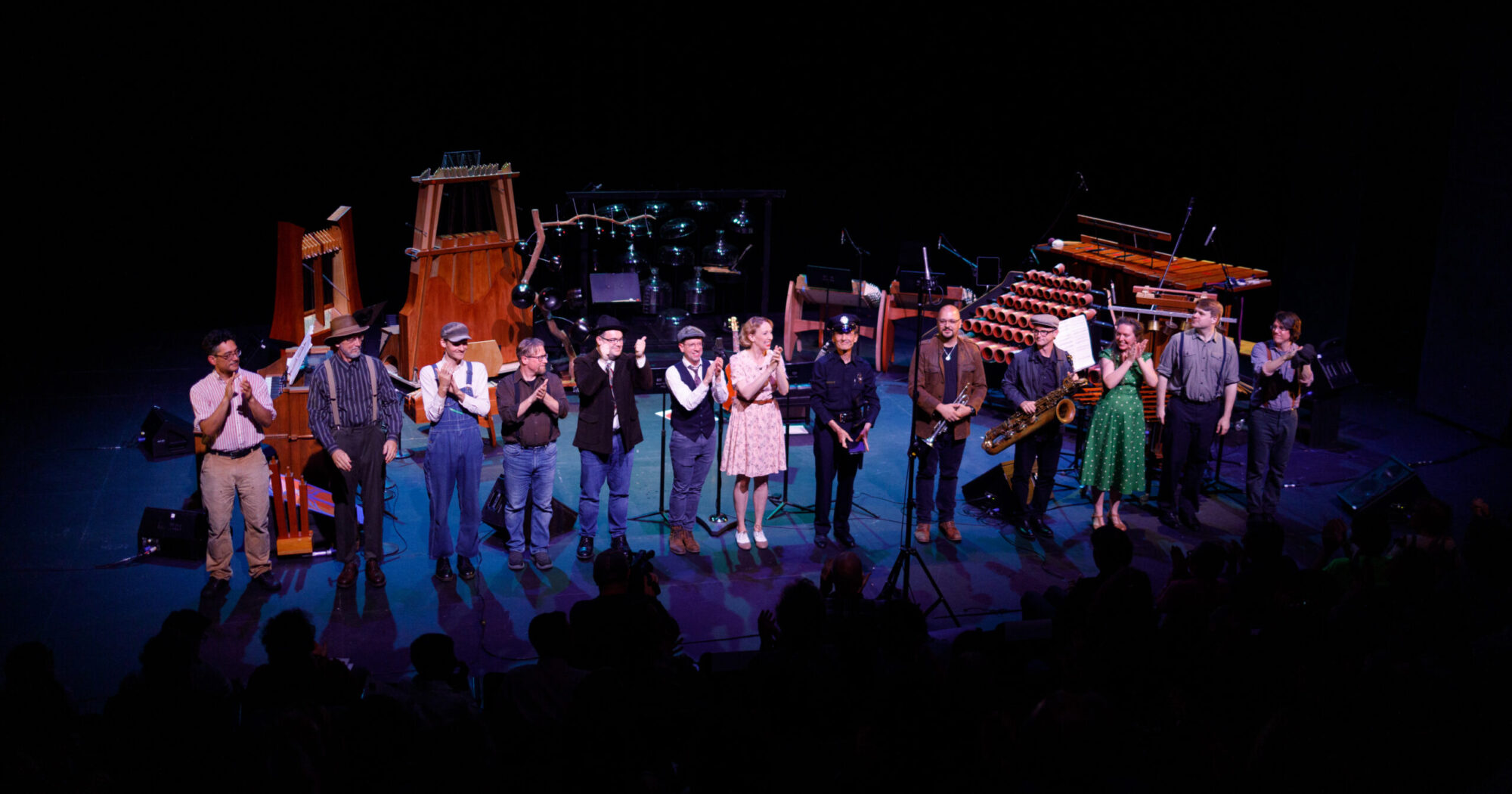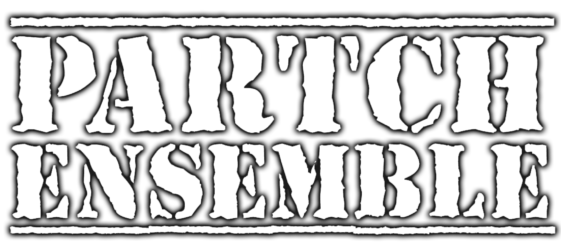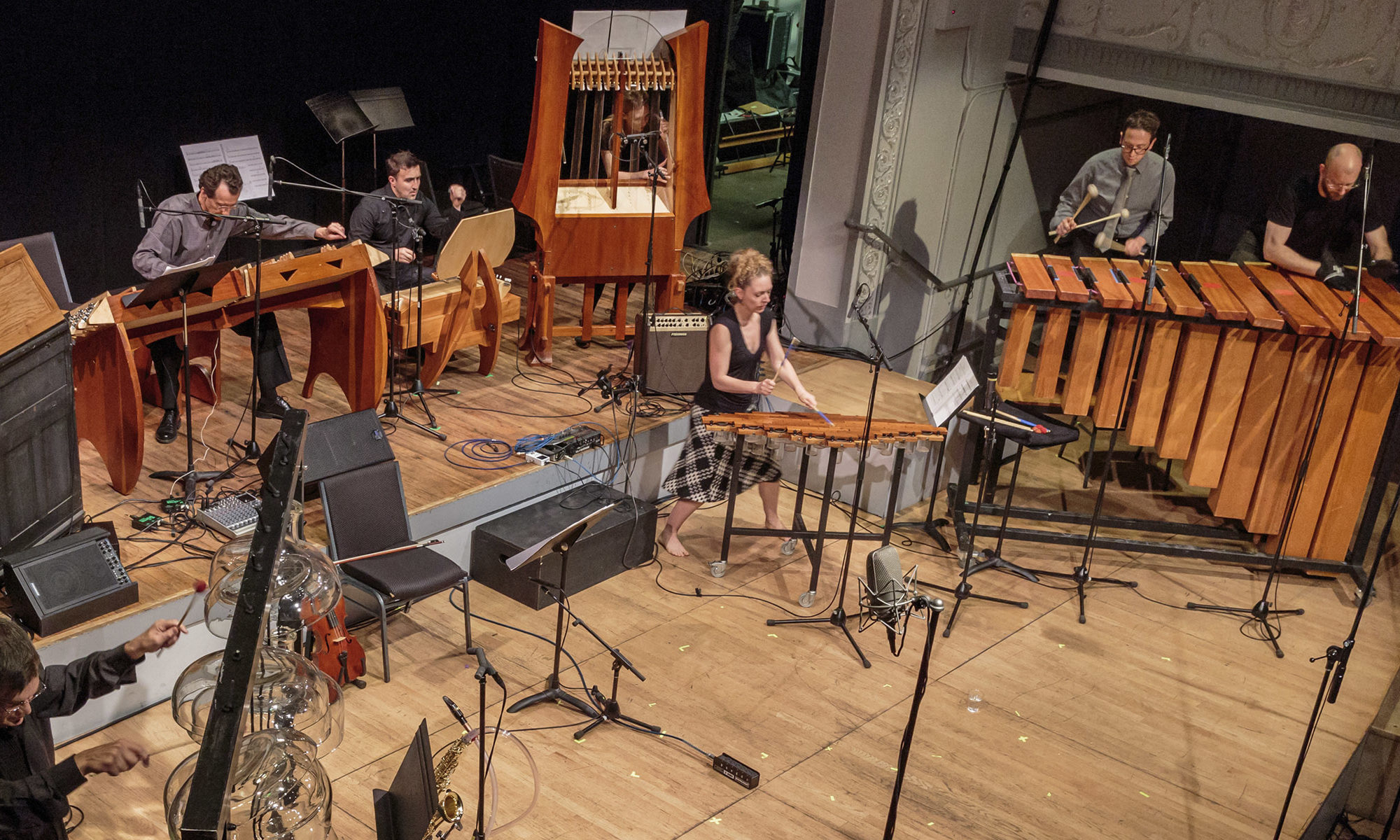Organ Transplant, pt.4
“Too Many Notes!”
Once Partch had created a working “Chromolodian” in Chicago in 1942, he was finally able to get to work creating the marvelous repertoire that we have come to admire. The instrument, however, was only meant to be a stop gap “instrument of expediency” until he could perfect the so-called “General Keyboard” layout that he had envisaged a decade earlier.
The problem was that with forty-three notes to the octave, his newly adapted standard 61-key, 5-octave reed organ only produced a continuous scale with a range of little more than an octave. The limited tessitura of the “A”-stop could be expanded by pulling the “Z”-stop that engaged a second set of reeds, doubling the notes found on the lowest keys F1-E3 an octave below their initial “A” pitches while pulling the “X”-stop produced those an octave higher than keys F3-F6. Playing the keyboard with just stops Z & X open (without the A-stop) certainly produced a strange discontinous scale when played alone, but they were meant to extend the top to bottom of the initial A-scale.
By 1945, he had adapted a 6-octave, 73-key instrument—changing the name to its final spelling “Chromelodeon”—though that only added a major third to the still rather limited gamut:
Those extra 12 keys also hadn’t solved another basic problem: with so many notes to the octave, playing a simple triad was extremely awkward, taking two hands, compared with the standard keyboard:
So in an effort to create a more hand-friendly keyboard, Partch created an entirely new design, admitting that,
The many impossible stretches on Chromelodeon I in the common harmonic intervals—2/1, 3/2, and 4/3 [octave, fifth, and fourth]—influence the composer toward linear or voice-leading types of music. This is far from a bad influence, but the keyboard distances are limitations which are partially eliminated in Chromelodeon II. This instrument has more keys to the octave in the same octave distance.1
re-Genesis of a Music
~ A tale of obsession ~
by John Schneider


